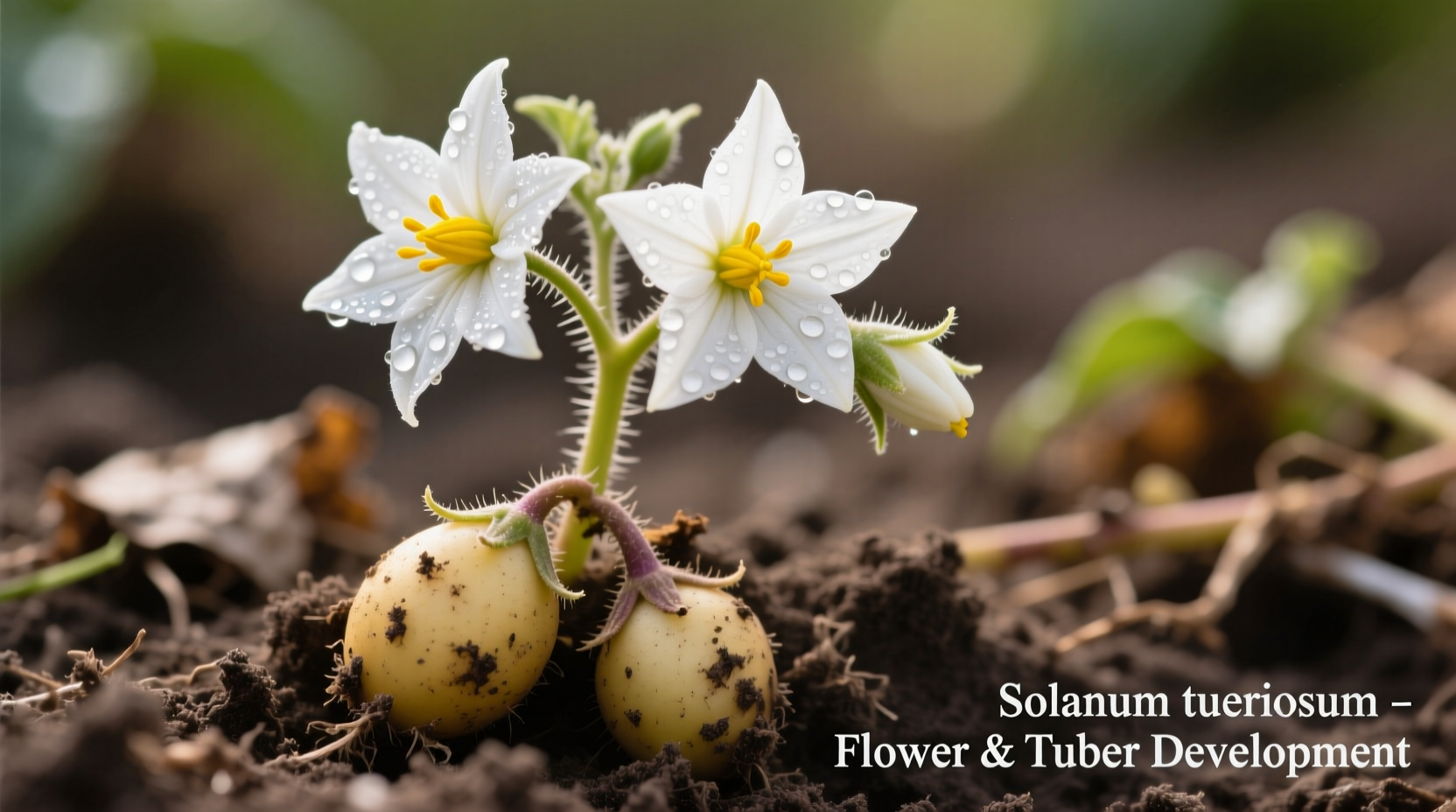Understanding the precise scientific nomenclature of common foods isn't just academic—it directly impacts agricultural research, food safety protocols, and international trade regulations. When you search for "scientific name of potato," you're accessing a critical piece of information that connects modern agriculture with centuries of botanical science. This precise identification prevents dangerous confusion between edible potatoes and their toxic nightshade relatives, ensuring accurate communication among scientists, farmers, and policymakers worldwide.
Why Scientific Names Matter More Than Common Names
Common names for plants vary dramatically across regions and languages, creating potential confusion. While "potato" might seem straightforward in English, this same tuber is called "papa" in Spanish, "aaloo" in Hindi, and "jagung" in Indonesian. Scientific names provide a universal language that transcends these linguistic barriers. The binomial system—using genus and species names—ensures that researchers in Peru, researchers in China, and farmers in Kenya all refer to the exact same organism: Solanum tuberosum.
Complete Taxonomic Classification of Potatoes
Understanding where potatoes fit within the botanical world reveals their relationships to other plants. This classification system shows how scientists organize living organisms based on shared characteristics and evolutionary history:
| Taxonomic Rank | Classification | Significance |
|---|---|---|
| Kingdom | Plantae | All plants |
| Clade | Tracheophytes | Vascular plants |
| Clade | Angiosperms | Flowering plants |
| Clade | Eudicots | True dicotyledons |
| Clade | Asterids | One of major flowering plant clades |
| Order | Solanales | Nightshade order |
| Family | Solanaceae | Nightshade family (includes tomatoes, peppers) |
| Genus | Solanum | Includes approximately 1,500 species |
| Species | tuberosum | The cultivated potato |
Historical Timeline of Potato Classification
The journey to properly classifying the potato spans centuries of botanical exploration and scientific refinement. This timeline reveals how our understanding evolved:
- Pre-1530s: Indigenous peoples in the Andes region of South America cultivated numerous potato varieties without formal scientific classification
- 1530s: Spanish explorers introduce potatoes to Europe, initially classifying them as "tubers" without precise botanical identification
- 1700s: Early botanists struggled to categorize potatoes, sometimes placing them in the Convolvulus genus with sweet potatoes
- 1753: Carl Linnaeus formally establishes Solanum tuberosum in Species Plantarum, recognizing its relationship to other nightshades
- 1813: Antoine Laurent de Jussieu confirms Linnaeus' classification in his Genera Plantarum
- 19th-20th centuries: Genetic research confirms Linnaeus' original classification while identifying numerous subspecies and varieties
- Present day: Modern genomic analysis continues to refine our understanding of potato taxonomy while maintaining Solanum tuberosum as the accepted scientific name

Practical Applications of Scientific Naming in Agriculture
Knowing the precise scientific name isn't merely academic—it has real-world implications for food security and agricultural practices. The International Potato Center (CIP), a CGIAR research center, relies on accurate nomenclature to manage the world's largest potato collection containing over 7,000 accessions from 108 countries. According to their research, misidentification of potato varieties has led to crop failures when farmers planted varieties unsuitable for local conditions.
When plant pathologists identify a new blight affecting potato crops, using the precise scientific name ensures rapid global communication about the threat. The United States Department of Agriculture (USDA) requires the scientific name Solanum tuberosum on all seed potato certification documents to prevent the accidental introduction of toxic nightshade species into food production systems.
Common Misconceptions About Potato Nomenclature
Several persistent myths surround potato naming that deserve clarification. Many people believe sweet potatoes (Ipomoea batatas) and regular potatoes are closely related due to their similar common names, but they belong to completely different plant families. Others confuse the Irish potato with a specific variety, when in fact "Irish potato" simply refers to Solanum tuberosum in certain regions to distinguish it from sweet potatoes.
Another frequent error involves the term "white potato"—this isn't a scientific classification but rather a marketing term for certain varieties with light-colored skin. All cultivated potatoes belong to the same species, Solanum tuberosum, regardless of skin color, shape, or culinary use.
Related Species and Their Significance
While Solanum tuberosum represents the cultivated potato, it exists within a larger botanical context. The Solanaceae family includes several important food crops:
- Solanum lycopersicum (tomato)
- Solanum melongena (eggplant)
- Capsicum annuum (bell peppers and chili peppers)
- Solanum tuberosum androgenes group (Andean cultivated potatoes)
Understanding these relationships helps plant breeders develop disease-resistant varieties. Researchers at the Royal Botanic Gardens, Kew have documented over 100 wild potato species (Solanum section Petota) that serve as genetic resources for improving cultivated potatoes. These wild relatives often contain valuable traits like drought tolerance or pest resistance that can be introduced through careful breeding programs.
Why This Knowledge Benefits Consumers and Growers
For home gardeners, understanding the scientific name helps when purchasing seeds or tubers to ensure they're getting the exact variety they want. Commercial farmers rely on precise nomenclature for compliance with international trade regulations—mislabeling can result in rejected shipments. Food scientists use the scientific name when researching nutritional content, ensuring studies on Solanum tuberosum aren't confused with research on other tuber crops.
When you understand that all cultivated potatoes share the scientific name Solanum tuberosum, you gain insight into their shared characteristics: their growth patterns, nutritional profiles, and potential vulnerabilities to specific pests and diseases. This knowledge empowers better decision-making whether you're selecting varieties for your garden or evaluating research on potato nutrition.











 浙公网安备
33010002000092号
浙公网安备
33010002000092号 浙B2-20120091-4
浙B2-20120091-4